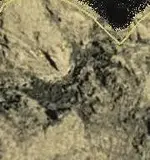somehiker
Silver Member
- Joined
- May 1, 2007
- Messages
- 4,365
- Reaction score
- 6,435
- Golden Thread
- 0
- Primary Interest:
- All Treasure Hunting
I would think that experienced and intelligent beings, having prepared food grains by use of mano and matate for hundreds of generations, could figure out a similar way to make even larger stones fit as well as the Inca did. It would only require an abrasive slurry between the surfaces, enough labor to manipulate the stones, and some device that could be locked onto the stone and used to move it back and forth or even up and down in a repetitive manner, as one does a mano....IMO
Last edited:





